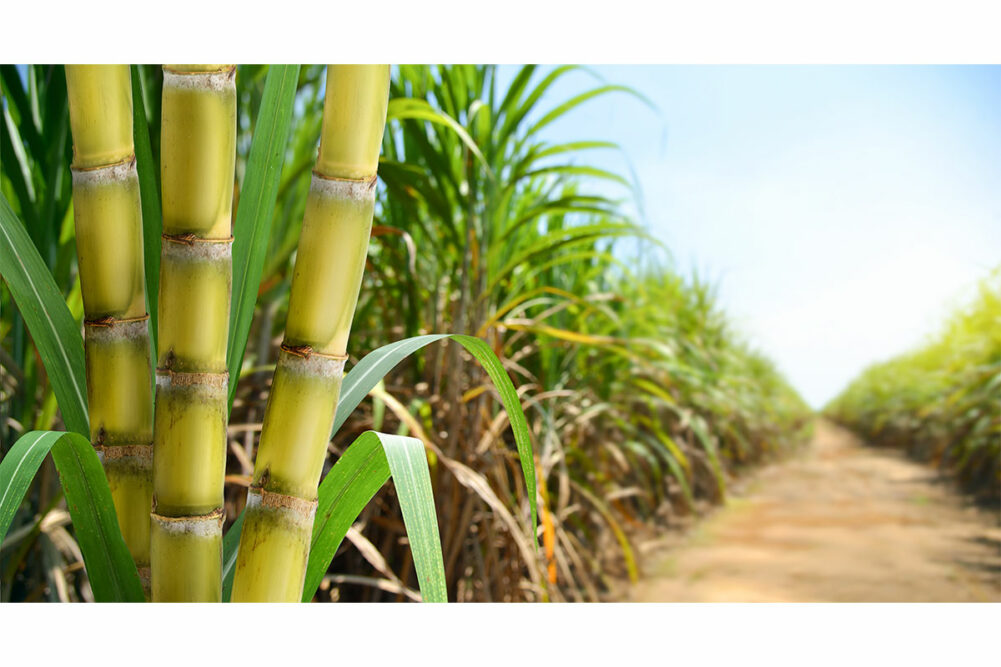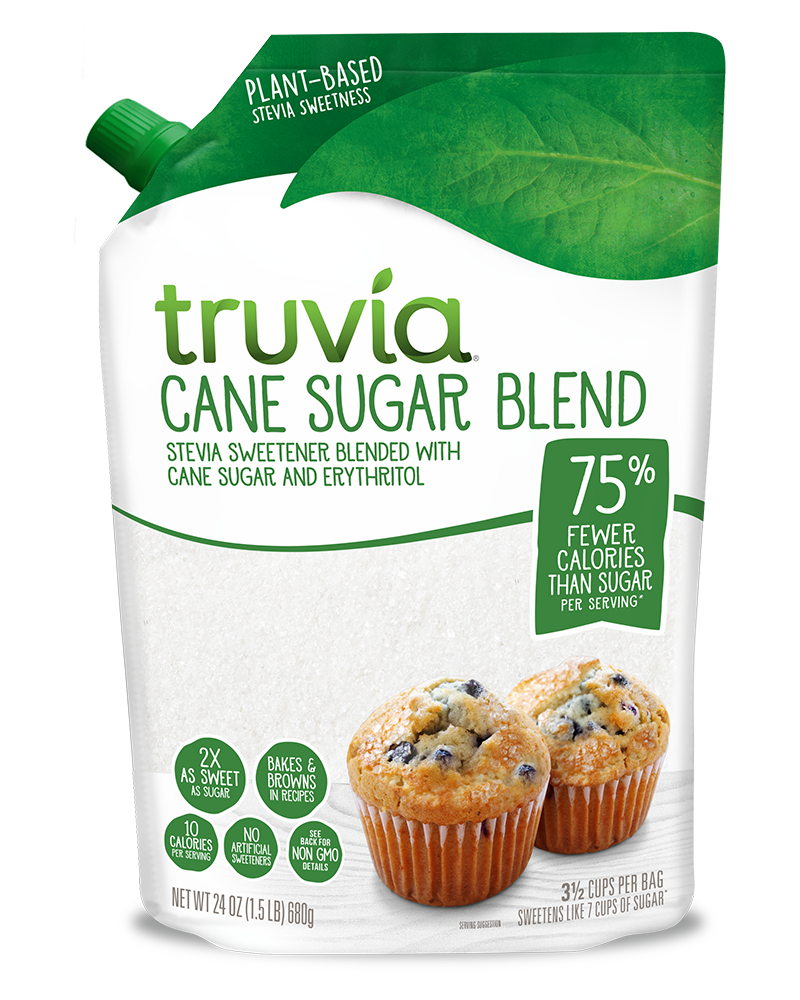Recognizing the Important Techniques and Technologies Used in Modern Walking Cane Sugar Handling
The evolution of walking cane sugar processing has been considerably shaped by the integration of sophisticated methods and modern technologies that deal with both performance and sustainability. Enzyme-assisted removal and innovative refining methods have actually transformed return optimization, while automation assists in functional integrity. Moreover, the focus on lasting practices shows a growing recognition of environmental effect. As we discover these crucial improvements, it becomes essential to check out just how they not only boost manufacturing yet also straighten with broader market patterns and customer needs, increasing concerns concerning the future of sugar handling and its effects for worldwide markets.
Historical Context of Walking Stick Sugar Handling
The historic context of walking stick sugar processing discloses a rich tapestry of agricultural development and social exchange that has actually formed its growth over centuries. Coming From Southeast Asia, sugarcane was grown as early as 8000 BCE - Cane Sugar Processing. The process of removing and refining sugar acquired energy in India, where methods for condensation were perfected around the sixth century. This understanding traversed to the Middle East, and by the 12th century, sugar came to be a valued product in Europe, bring about the facility of sugar ranches in the Mediterranean.

Advanced Extraction Strategies
Efficiency in cane sugar removal has actually seen substantial advancements, driven by the requirement for greater yields and reduced manufacturing costs. Typical techniques have evolved, paving the way to cutting-edge technologies that enhance the effectiveness of the extraction procedure. One notable advancement is the use of enzyme-assisted removal, in which specific enzymes damage down cell wall surfaces and release even more sucrose from the walking cane fibers. This technique not just boosts sugar return yet also reduces the energy needed for handling.
In addition, the fostering of membrane layer filtering technologies, such as nanofiltration and reverse osmosis, has transformed the splitting up of sugar from impurities. These approaches permit the selective permeation of sugar molecules while maintaining larger pollutants, enhancing the extraction process and minimizing waste.
Additionally, the assimilation of continual removal systems has caused boosted operational effectiveness. Cane Sugar Processing. These systems maintain a consistent flow of walking cane material, making sure optimum extraction conditions and lowering downtime related to set processing
Cutting-edge Refining Technologies
Refining techniques in walking stick sugar processing have actually gone through a transformative change, driven by the demand for higher pureness and enhanced product quality. One of one of the most notable developments is the fostering of membrane layer purification technologies, such as ultrafiltration and nanofiltration. These processes properly remove contaminations and colorants without the need for considerable chemical treatments, thereby preserving the sugar's all-natural flavor and boosting its appeal.
An additional substantial advancement is the usage of ion exchange resins, which enable selective removal of undesirable ions from sugar solutions. This innovation not just enhances the general purity of the end product but likewise adds to minimized waste and ecological influence.
Additionally, innovations in adsorption strategies, making use of activated carbon and other advanced materials, have actually proven efficient in decolorizing sugar remedies while maintaining optimal quality. The combination of these innovative refining modern technologies makes sure that makers can create refined sugar with remarkable quality and taste, satisfying the developing choices of consumers.
Automation and Control Systems
Recent improvements in refining technologies have actually led the way for considerable renovations in automation and control systems within walking cane sugar processing facilities. These systems utilize advanced software application and equipment to boost operational performance, reduce human error, and make certain constant item quality.
Modern automation incorporates numerous parts, consisting of sensing units, actuators, and programmable reasoning more controllers (PLCs), allowing real-time surveillance and control of crucial processes. For instance, temperature level, stress, and circulation rates can be specifically regulated throughout extraction, clarification, and condensation stages, optimizing efficiency and minimizing waste.
Moreover, advanced information analytics and artificial intelligence algorithms play an essential role in predictive maintenance, permitting operators to prepare for devices failings before they occur. This positive method not only minimizes downtime but also prolongs the life-span of equipment.
Additionally, automation facilitates the application of Industry 4.0 concepts, empowering sugar mills to attain higher connection and information exchange throughout processes. Because of this, decision-making becomes even more informed and agile, inevitably boosting the total competition of cane sugar manufacturing. With these innovations, the market is well-positioned to fulfill expanding worldwide needs while preserving functional excellence.
Sustainability Practices in Sugar Manufacturing
Sustainability practices in sugar production have actually come to be increasingly important as the industry seeks to stabilize financial practicality with environmental responsibility. As consumer understanding expands relating to the environmental influences of agricultural methods, sugar manufacturers are embracing ingenious approaches to minimize their ecological footprint.
One significant approach is the implementation of precision agriculture methods, which use information analytics to optimize resource usage, such as water and fertilizers. This reduces waste and reduces the influence on neighborhood ecological communities. Furthermore, several manufacturers are transitioning to renewable resource sources, such as biomass from sugarcane byproducts, to power their operations, consequently reducing dependence on fossil gas.
Water administration methods are additionally essential; rain harvesting and reliable irrigation systems assist mitigate water scarcity problems. Cane Sugar Processing. In addition, incorporated pest monitoring methods reduce chemical use, promoting biodiversity and dirt wellness
Company social responsibility campaigns are arising, with business purchasing regional communities and making certain reasonable labor methods. By accepting these sustainability practices, the sugar sector not only More Help boosts its credibility yet additionally adds to a more sustainable agricultural landscape, paving the method for future generations.

Verdict
In summary, modern cane sugar handling integrates an array of advanced strategies and technologies that considerably boost effectiveness, yield, and sustainability. The adoption of cutting-edge extraction and refining methods, together with automation and control systems, promotes boosted functional efficiency and item top quality. In addition, the focus on sustainable methods emphasizes a dedication to lessening environmental impact and promoting moral manufacturing. Jointly, these advancements place the walking stick sugar industry to satisfy contemporary needs while resolving crucial global challenges.
The evolution of walking cane sugar handling has actually look at these guys been significantly shaped by the assimilation of advanced techniques and modern technologies that resolve both effectiveness and sustainability.The historical context of walking stick sugar handling discloses a rich tapestry of farming technology and social exchange that has actually shaped its development over centuries. Technologies in milling and refining arised, laying the groundwork for modern-day walking cane sugar processing.Refining strategies in walking stick sugar handling have undertaken a transformative change, driven by the need for greater purity and boosted item top quality.In summary, modern walking cane sugar processing includes a variety of advanced techniques and technologies that substantially enhance return, sustainability, and efficiency.